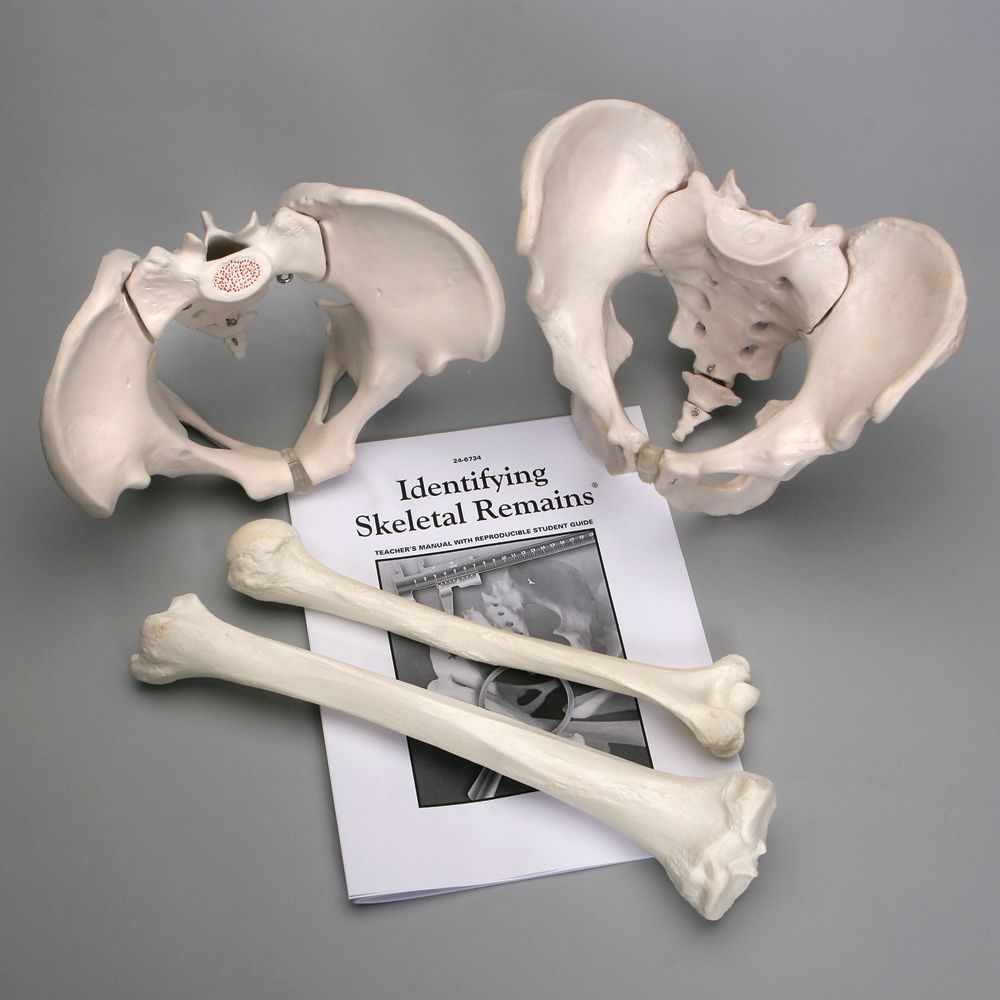Suspension in Science: Complete Guide to Mixtures and Their Properties
Understanding suspensions in scientific context
A suspension represent one of the fundamental types of mixtures in chemistry and physics. This heterogeneous mixture consist of solid particles disperse throughout a liquid medium, where the particles remain large adequate to be visible and finally settle out due to gravity. Unlike solutions where substances dissolve whole, suspensions maintain distinct phases that can be separate through various physical methods.
To define characteristic of suspensions lie in their particle size distribution. Suspend particles typically measure larger than 1000 nanometers in diameter, make them importantly bigger than those find in colloids or solutions. This size difference ccreatesthe cloudy or opaque appearance that distinguish suspensions from other mixture types.
Key properties of scientific suspensions
Suspensions exhibit several distinctive properties that scientists use for identification and classification. The virtually notable characteristic involve particle settling, where gravity cause heavier particles to gradually sink toward the bottom of the container. This sedimentation process occur at rates determine by particle size, density, and the viscosity of the disperse medium.
Optical properties provide another identify feature. Suspensions scatter light due to their large particle size, create the characteristic cloudy or milky appearance. This light scatter phenomenon, know as the Tyndall effect, becomes peculiarly pronounce when a beam of light pass through the mixture.
The heterogeneous nature of suspensions mean that different regions of the mixture can have varying compositions. Particles distribute raggedly throughout the medium, create concentration gradients that change over time as settle occurs.
Common examples in laboratory and daily life
Muddy water serve as mayhap the nearly recognizable example of a suspension. Soil particles remain dispersed in water temporarily but finally settle to form distinct layers. This natural phenomenon demonstrate how suspensions behave in environmental systems.
Pharmaceutical applications oftentimes utilize suspensions for medication delivery. Many liquid medicines contain active ingredients suspend in water or other carriers. These formulations require thorough shake before use to redistribute settle particles and ensure accurate dosing.
Paint represent another practical application where suspension principles prove essential. Pigment particles remain suspend in liquid carriers, provide color and coverage properties. Without proper mixing, these particles settle and create uneven color distribution.
Blood cells in plasma create a biological suspension system. Red blood cells, white blood cells, and platelets remain dispersed in the liquid plasma component. Medical professionals use centrifugation to separate these components for various diagnostic and therapeutic purposes.
Formation mechanisms and stability factors
Suspensions form through various mechanisms depend on the materials involve and preparation methods. Mechanical mixing represent the virtually common approach, where vigorous stirring or shake disperses solid particles throughout the liquid medium. The energy input during mix overcomes gravitational forces temporarily, create a uniform distribution.
Chemical precipitation can too generate suspensions when reactions produce insoluble products. These fresh form particles remain dispersed in the reaction medium until settle occurs. Laboratory synthesis oftentimes employ control precipitation to create suspensions with specific particle characteristics.

Source: fyofgodke.blob.core.windows.net
Stability factors determine how long suspensions maintain their dispersed state. Particle size play a crucial role, with smaller particles remain suspend proficient than larger ones. Surface properties, include charge distribution and hydrophobic interactions, influence how particles interact with the disperse medium.
Temperature affect suspension stability through its impact on molecular motion and viscosity. Higher temperatures increase kinetic energy, promote particle movement but to reduce medium viscosity, which can accelerate settling rates.
Separation techniques and methods
Scientists employ various separation techniques to isolate components from suspensions. Filtration represent the virtually straightforward approach, use porous materials to trap particles while allow the liquid medium to pass done. Filter paper, membrane filters, and specialized filtration equipment accommodate different particle sizes and separation requirements.
Centrifugation accelerate the separation process by apply centrifugal force practically stronger than gravity. This technique prove peculiarly valuable for separate fine particles that would take considerable time to settle course. Laboratory centrifuges can generate forces thousands of times greater than gravity, enable rapid and efficient separation.
Decantation offer a simple separation method for suspensions with significant density differences between particles and medium. After allow sufficient settling time, the clear liquid can be cautiously poured off, leave the settle particles slow.
Magnetic separation work specifically for suspensions contain ferromagnetic materials. Strong magnets attract magnetic particles, allow their removal from non-magnetic components. This technique find applications in mineral processing and environmental remediation.
Industrial and scientific applications
Manufacturing industries rely heavy on suspension technology for various production processes. Ceramic manufacturing involve suspend clay particles and other materials in water to create moldable mixtures. The control settling and shaping of these suspensions determine final product properties.
Water treatment facilities use suspension principles to remove contaminants from drink water supplies. Coagulation and flocculation processes create suspensions of impurities that can so be separate through settling and filtration. These treatment methods ensure safe drinking water for communities global.
Mining operations oftentimes encounter suspensions when process ore materials. Flotation techniques create suspensions where valuable minerals attach to air bubbles and rise to the surface for collection. This separation method enables the extraction of metals from complex ore mixtures.
Environmental monitoring oftentimes involve analyze suspensions find in natural water bodies. Suspend sediment measurements help assess erosion rates, pollution levels, and ecosystem health. Scientists use specialized equipment to collect and analyze these course occur suspensions.
Comparison with other mixture types
Understand suspensions require compare them with solutions and colloids, the other primary mixture categories. Solutions contain dissolve particles smaller than 1 nanometer, create homogeneous mixtures where components can not be distinguished visually. These dissolve particles ne’er settle and pass through all filters.
Colloids occupy the middle ground between solutions and suspensions, with particle sizes range from 1 to 1000 nanometers. Colloidal particles remain small adequate to stay disperse indefinitely but large adequate to scatter light and exhibit the Tyndall effect. Examples include milk, fog, and gelatin.
The boundaries between these mixture types sometimes blur, peculiarly when deal with complex systems contain multiple particle sizes. Some mixtures exhibit characteristics of both suspensions and colloids, require careful analysis to determine their primary classification.
Factors affect particle behavior
Brownian motion influence particle behavior in suspensions, peculiarly for smaller particles near the colloid boundary. Random molecular collisions cause particles to move unpredictably, counteract gravitational settling to some degree. This motion become more pronounced at higher temperatures and with smaller particle sizes.
Electrostatic forces between particles and the disperse medium affect suspension stability. Charge particles may repel each other, maintain dispersion, or attract oppositely charge species, promote aggregation and settle. Ph levels can alter these charge interactions importantly.
Viscosity of the disperse medium determine how easy particles move through the liquid. Higher viscosity slow settle rates but to make mix more difficult. Temperature changes affect viscosity, provide a means to control suspension behavior in some applications.
Modern research and developments
Contemporary research focus on create stable suspensions for advanced applications. Nanotechnology explore suspensions contain engineer nanoparticles with specific properties for drug delivery, electronics, and materials science. These systems require precise control over particle size, surface chemistry, and stability.
Smart suspensions respond to external stimuli such as magnetic fields, electric fields, or temperature changes. These responsive materials find applications in adaptive systems, sensors, and control release mechanisms. Research continue to expand the range of stimuli and response mechanisms available.
Environmental applications drive research into biodegradable suspensions and green separation technologies. Scientists work to develop suspension base systems that minimize environmental impact while maintain effectiveness for industrial applications.

Source: byjus.com
Computational modeling help predict suspension behavior under various conditions. Advanced simulations consider particle interactions, fluid dynamics, and settle patterns to optimize industrial processes and develop new applications. These models reduce the need for extensive experimental testing while improve system design.



